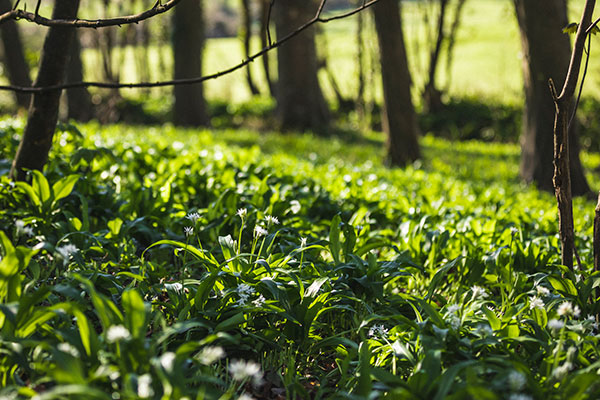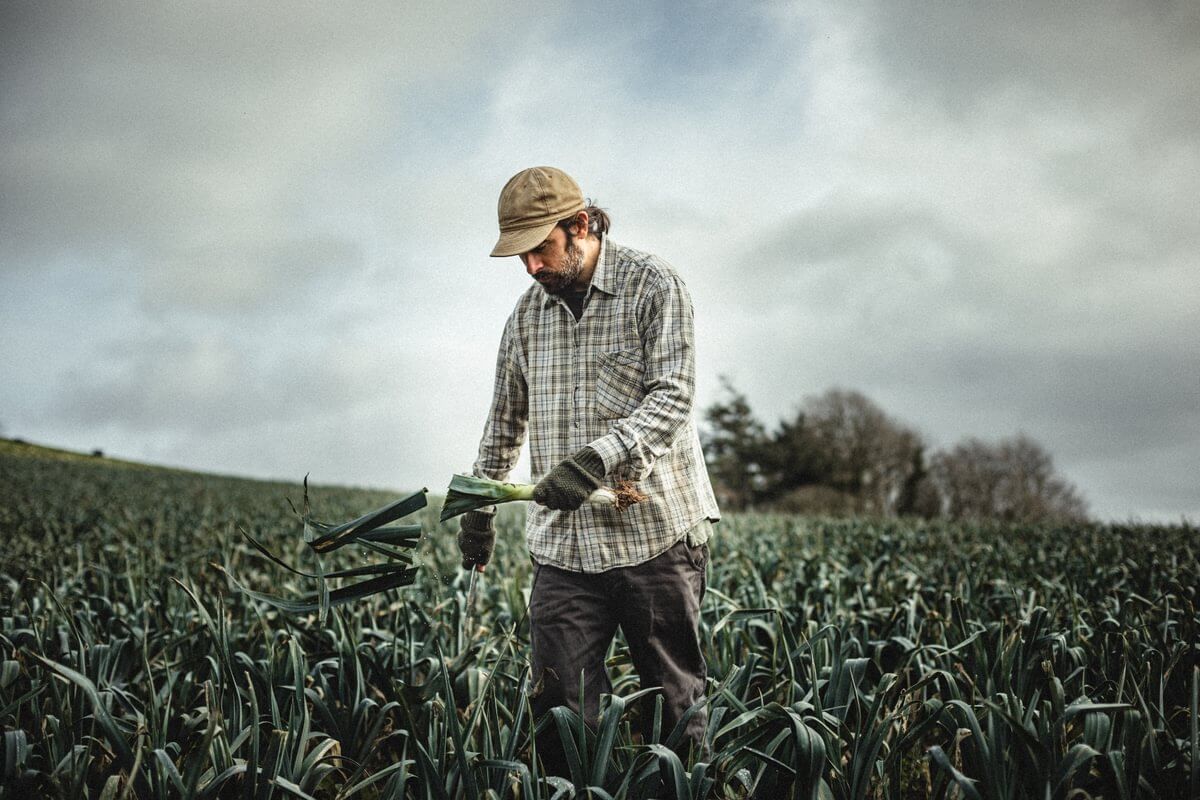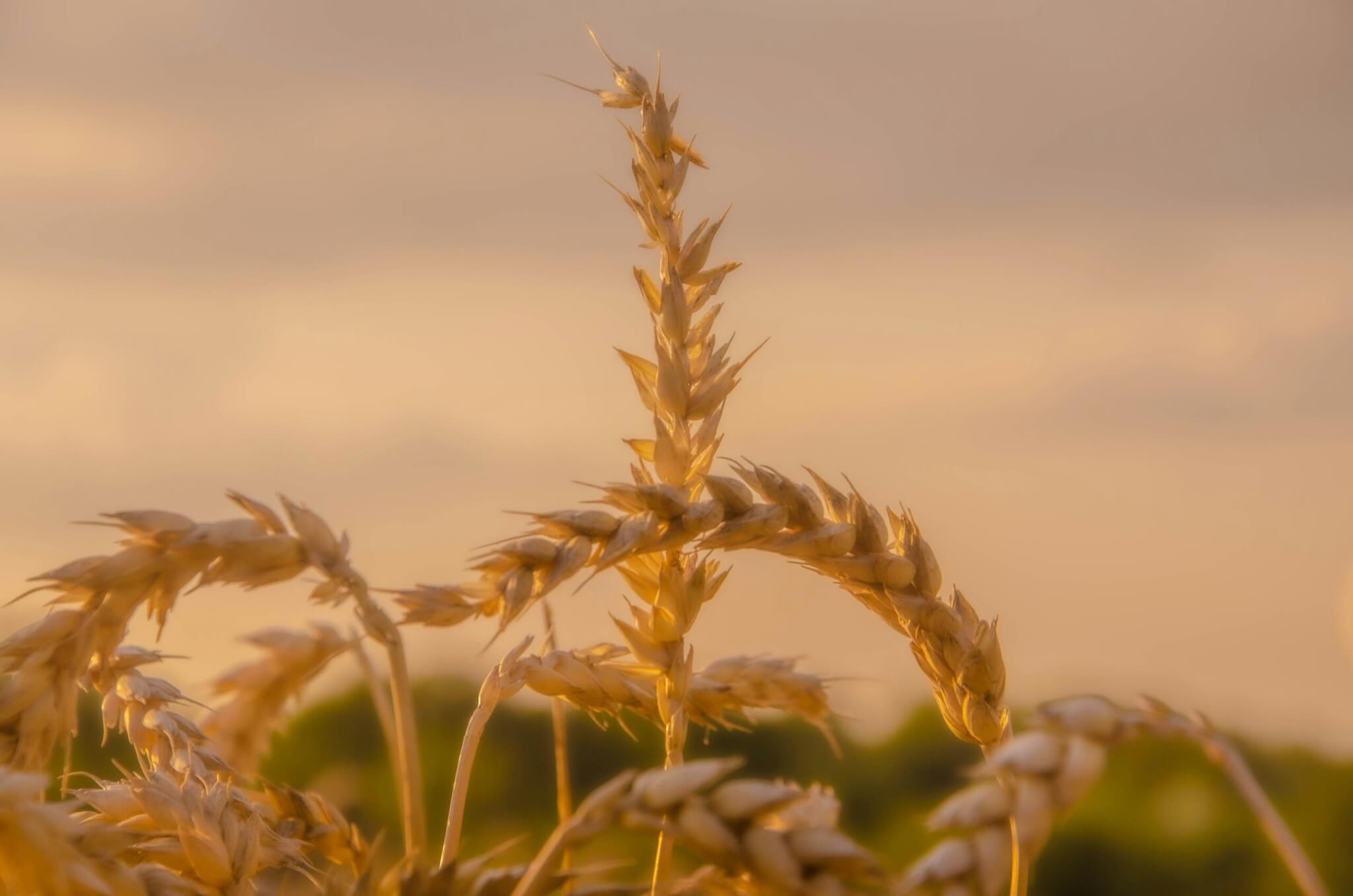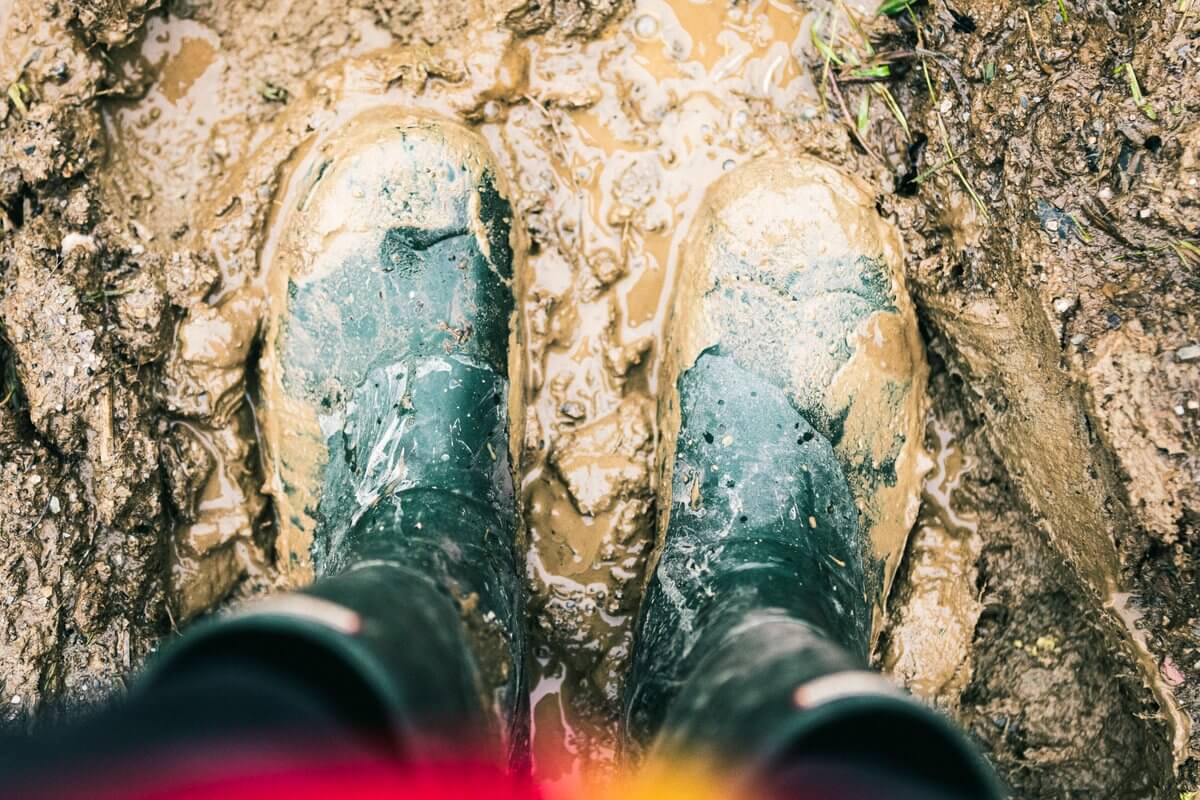For millennia our hunter gathering forebears collected their favoured wild plants, inadvertently spreading a few seeds or bulbs which took root near their early settlements.
What started as inadvertent and random became conscious about 12,000 years ago and evolved into modern agriculture. Along the way, with extraordinary ingenuity and the help of the internal combustion engine and plentiful fossil fuels, we learnt how to clear the forests, remove diverse competitors, breed and establish monocultures with such ease that, in the rich world, our food is now grown by as little as one per cent of our population.
Such are my musings while harvesting wild garlic in the woods, an activity our ancestors would recognise (actually I mostly watch my son Donald and his gang of nimble-fingered and flexible friends; few of our ancestors would have made it to my ripe age).
These delicious leaves emerge unaided with extraordinary vigour in February from bulbs and seeds sheltering under last year’s leaf litter and a layer of undisturbed, delicious smelling humus. By mid-March the most favoured areas have reached a size which can be harvested economically; there is a six week season before the deciduous trees above come into leaf, telling the garlic to abandon its leaves (which quickly become rank), and either to flower and seed, or to stash the nutrients they have gathered in the subterranean bulbs that will feed next year’s growth. The best areas can easily yield 600g/m2; roughly the same as our mollycoddled salad leaves grown in open ground.
We could clear the forest, plough the land, plant cultivated garlic (the product of hundreds of years of plant breeding) and struggle to keep weeds at bay to produce lower yields of a crop that, without fungicides, succumbs to the fungal disease rust – and inevitably lose substantial amounts of soil to winter rains in the process.
Is our farming system really so clever? Could we learn from nature’s complex ecology, where plants seem to complement each other as well as compete? Given that as a species we are so intelligent, it is extraordinary that we adopt an agricultural system that guarantees our destruction.
Wild garlic needs little or no cooking; it can be whizzed into mayonnaise to make a fresh aioli, used in pesto instead of basil, added to omelettes and risotto. It will be available until the end of April.















Or do what I do; make Hummous.
After washing, use sharp scissors to cut across the wet garlic leaves several at a time into strips. Pound these with salt in batches in a pestle and mortar. [maybe you could do it mechanically but I haven’t tried]. Freeze teaspoonful size blobs in shallow boxes. When hummous is needed, heat a blob of frozen salty garlic in some oil very briefly, and add to the drained chickpeas and lemon juice before blitzing with a stick blender. Add tahini if you have it or a blob of good peanut butter if not. Store, covered once cool, in fridge.
Result organic hummous at an economic cost, when wanted, little effort, no plastic packaging
The frozen salty wet garlic keeps many months in my experience. Also good in an omelette.
Great recipe Denby – and no new plastic pots! Thanks for sharing.
Thanks: as I don’t do facebook please feel free to share across anywhere to help others make the most of the wet garlic – I was at a loss what to do with it until I worked this out, as I don’t do enough of any of the other suggested uses to avoid wasting part of every pack. Now ” #zero waste”!